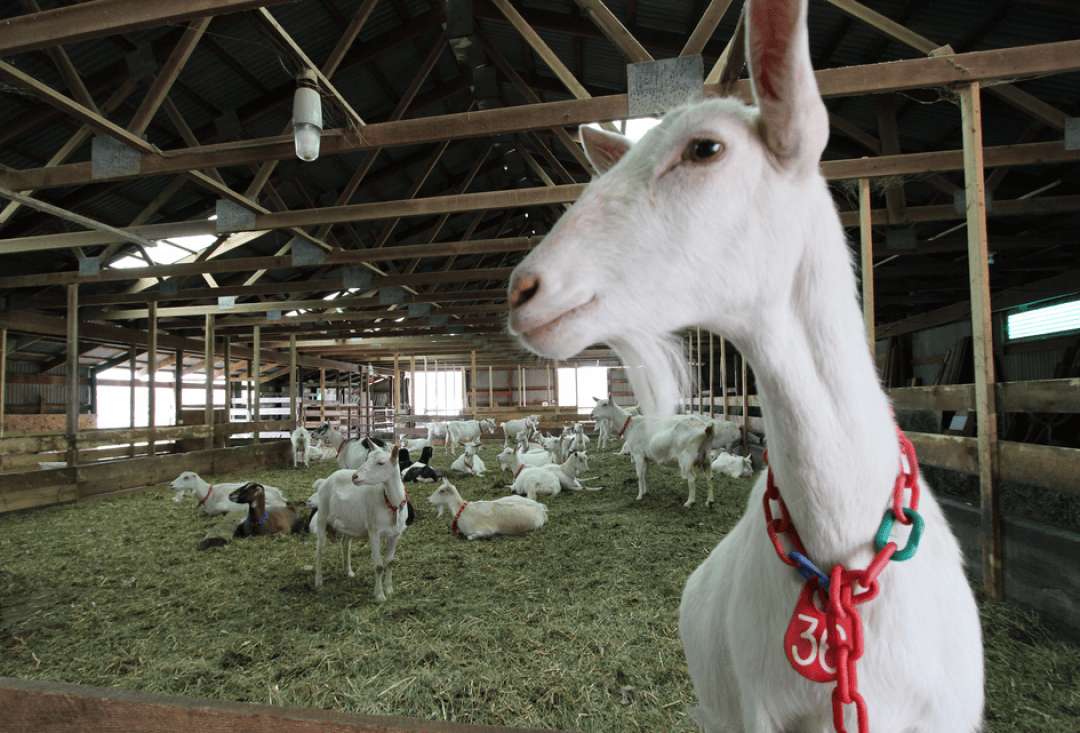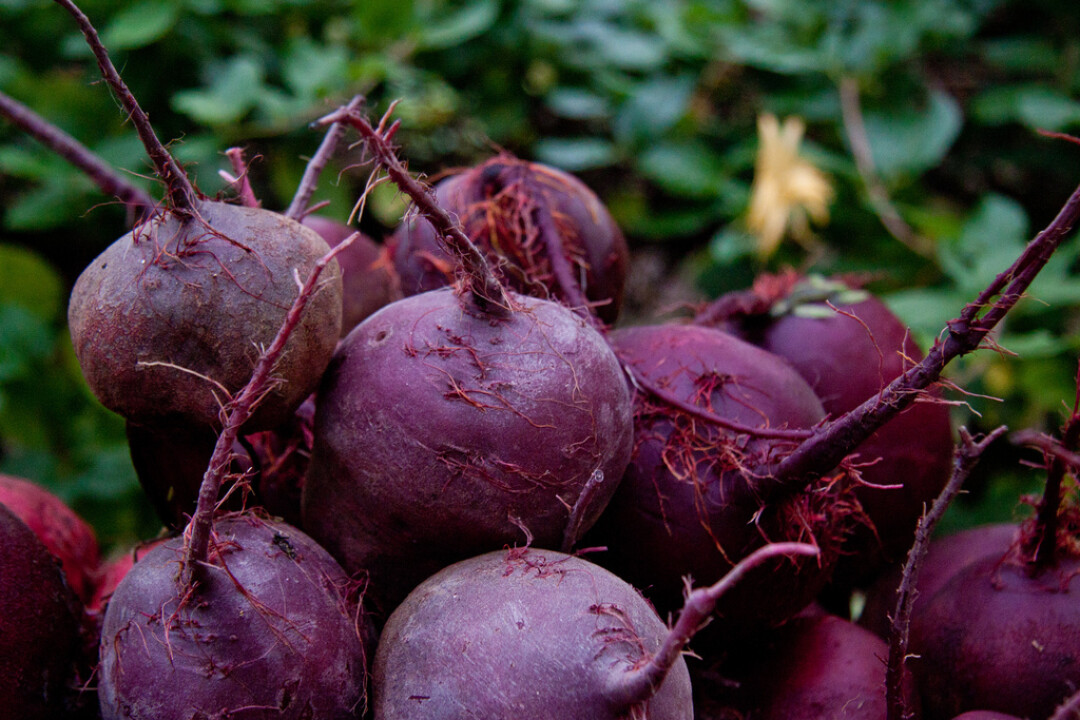5 Things in Which Wisconsin Is Number 1 (Other than Cheese and Cranberries)

1. Milk Goats
Wisconsin may be No. 2 in milk cows, but our Dairy State nickname holds true when it comes to milk goats. With 46,000 of them, we’ve got 13 percent of the U.S. total, according to a 2014 report by the U.S. Department of Agriculture. Goat milk – much of which is made into excellent cheese – is higher in protein and calcium and lower in sugar than moo juice.
2. Dry Whey (Human Food)
What exactly is whey, other than part of Little Miss Muffet’s preferred snack? Well, it’s the liquid byproduct remaining after milk curdles. When it’s dried, whey becomes a protein-rich powder than can be used in everything from baby formula to baked goods. Wisconsin produces more than 300 million pounds of dry whey annually.
3. Mink Pelts
Draping oneself in the fur of these weasel-like critters hasn’t been the pinnacle of fashion since Jacqueline Kennedy’s heyday. Still, Wisconsin raises more than 1.2 million mink who are destined to be transformed into pelts. That’s about one-third of the nationwide total.

4. Beets
Lovers of this ruddy root – borscht eaters, unite! – have Wisconsin to thank for growing nearly half (well, 47 percent) of the processed beets in the U.S., These may seem like an old-fashioned vegetable, but in Wisconsin, the beet truly does go on! (Sorry, couldn’t resist the pun.)
5. Cattle Genetics Exports
Where do little calves come from? Far from a cow and a bull frolicking in a field, the process usually boils down to technicians with very long gloves wielding frozen straws of – well, “bovine genetic material” is as delicately as we can put it. Wisconsin exports $91 million of the stuff annually, more than half of the U.S. total.




















